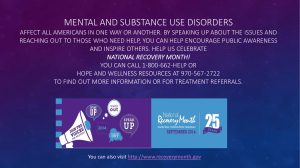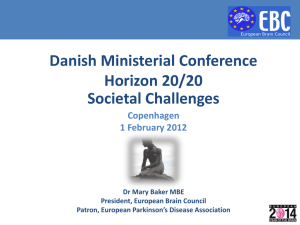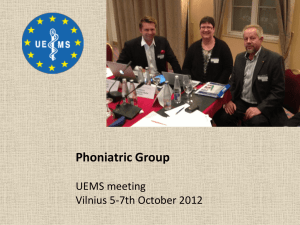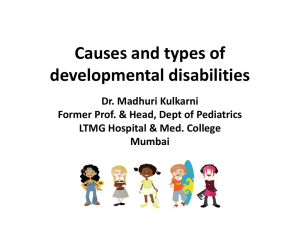Province of Ontario Neurodevelopmental Disorders (POND) Network
advertisement
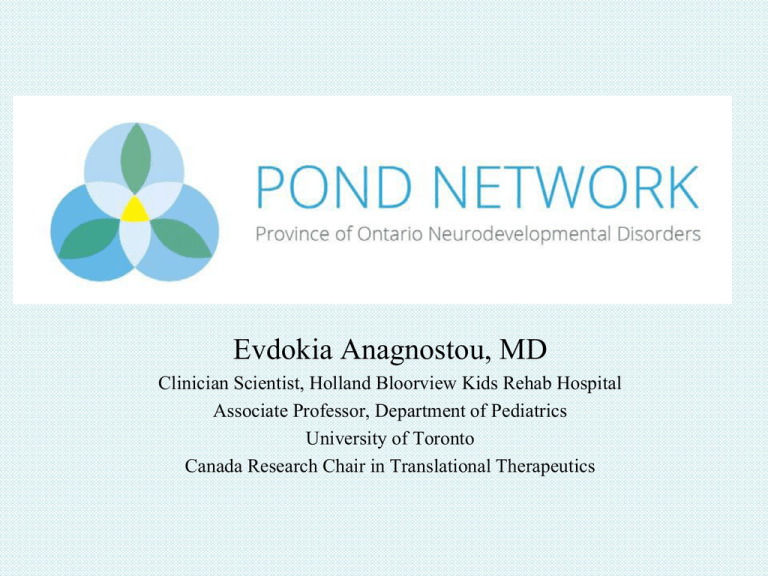
Evdokia Anagnostou, MD Clinician Scientist, Holland Bloorview Kids Rehab Hospital Associate Professor, Department of Pediatrics University of Toronto Canada Research Chair in Translational Therapeutics The challenge • > 300,000 children and youth in Ontario with neurodevelopmental disorders (NDs): – Autism Spectrum Disorders (ASD), Attention Deficit Hyperactivity Disorder (ADHD), Obsessive Compulsive Disorders (OCD) and Intellectual Disability (ID). • Lifetime cost per individual as high as $2 million in Canada • Ability to change long term outcomes remains limited The challenge • Few medications to treat these disorders – Almost none have been discovered by translating the findings from basic sciences such as genomics, animal models, pathology etc. • There are many reasons why development of novel treatments for NDs has been limited: e.g. – It is difficult to stratify patients into those most likely to respond to the intervention – Few molecular targets – There are no established networks of excellence to rapidly screen compounds and advance promising compounds POND • An integrated discovery system to expedite – understanding biology – Translation into novel therapeutics • Across developmental disorders • 4 research sites: HBKRH, SickKids, McMaster, Western • >20 investigators, 40 clinicians • >15 industry partners and advocacy organizations The plan • Create the first clinical trials network dedicated to neurodevelopmental disorders in Canada – Existing expertise in NDs – Enhancing regulatory expertise – Go where the children are The plan • Embed the OCTN in a large biomarker core – clinical database of children and youth with NDs • properly characterize with behavior, cognition • Characterize biology – imaging and electrophysiology techniques – Genomics (leveraged) and epigenomics The plan • In parallel: – Develop animal and cellular models • better understand disease mechanisms by crossanalyzing data from the human subjects with mouse and cell modelling results • enable testing of medications for response and safety before they are used in children. Database / Biomarker core • Currently: >1000 children with ASD, ADHD, OCD ,ID – Core technologies used for characterization: • Detailed behavioural characterization – – – – Stage 1: demographics Stage 2 : cross disorder phenotyping Stage 3: In depth diagnostic phenotyping Stage 4: Cognitive phenotyping • Genomics (leveraged) • Imaging ~200 imaged children • Electrophysiology (MEG, ERP/EEG, autonomic nervous system markers) Highlights Results: Electrodermal activity (EDA) Results: Effect of anxiety Future Directions * As of summer 2014: Specific commitment to: Tourette Syndrome Down syndrome Fragile X Rett syndrome • NEW RFA for pilot studies, due Summer 2015 • New compound for next clinical trial secured: GSK3b inhibitor • Thank you



